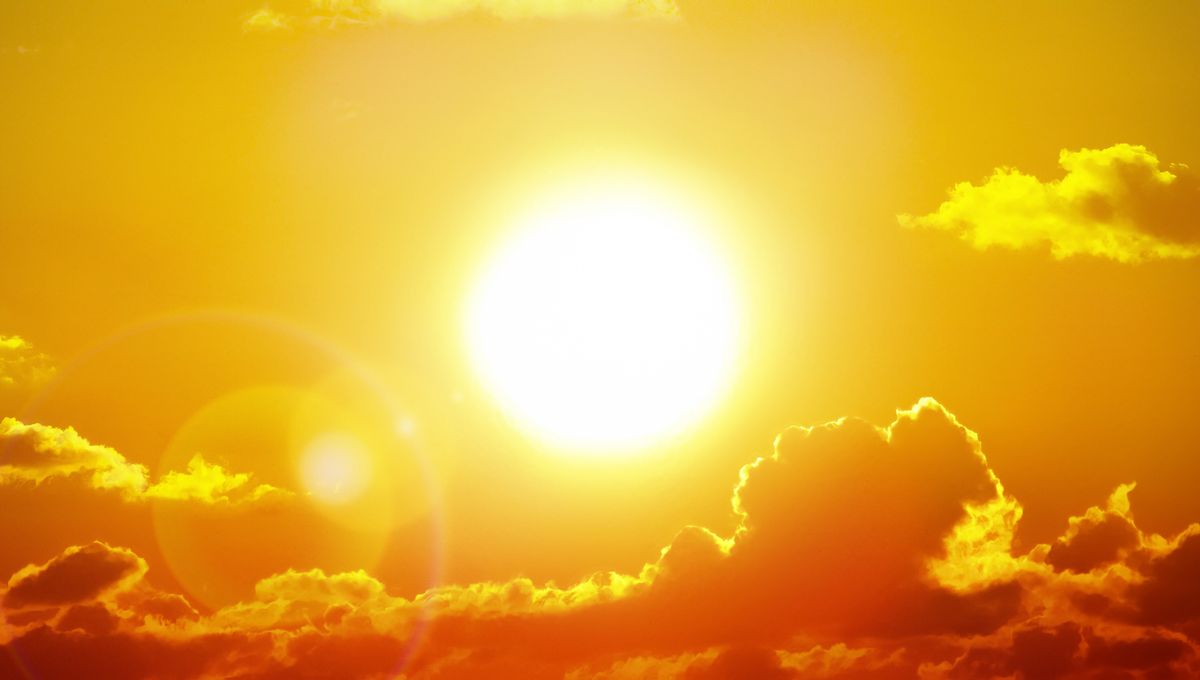
Why is it that the later months of the summer end up being the hottest, even though daylight hours are shortening? Similarly, the arse-end of winter always seems to feel much more bitter than it did in the so-called bleak middle part. The name of this oddity? Seasonal lag.
Defining seasonal lag
Seasonal lag is the quicker way of saying that the date of the maximum average air temperature – the hottest day of the year – occurs after the date of maximum solar intensity, which happens on the summer solstice.
For example, San Francisco saw its hottest day of 2024 in early October, over three months after June 21, the date of the summer solstice in the northern hemisphere.
The phenomenon also works the other way around; the date of the minimum average air temperature, or coldest day, occurs a while after the shortest day of the year brings the minimum solar intensity.
Why does seasonal lag happen?
The primary reason for seasonal lag is that Earth is, well… very watery. In fact, about 71 percent of its surface is covered by the stuff, and it plays a key role in regulating our climate by evaporating and increasing the temperature of the surrounding air.
However, to reach the point where it’s hot enough to do so requires a significant amount of energy, known as high heat capacity.
One way to better understand it, as climate scientist Karen McKinnon explained to The Washington Post, is by thinking about what happens when you attempt to heat up some water on your stove – it doesn’t boil as soon as you put the heat on.
“If you think about trying to boil a pot of water, you can turn on the flame under the water, but water has a pretty high heat capacity, and so it takes a good amount of time after you put the heat into the water for the water temperature to actually increase and then come to a boil.”
Now imagine your pot of water is actually the Earth, and you can begin to see why it takes much longer for the weather to become warmer than we might first assume. Similarly, it also takes a good while to cool back down again.
Land also plays a role in regulating climate and temperature, and thus also contributes to seasonal lag, but to a much lesser degree than water – not just because there’s less land than there is water, but because it has a lower heat capacity too.
Source Link: Why Isn’t The Coldest Day Of The Year On The Winter Solstice? Explaining The Oddity Of Seasonal Lag